Over the past three days, visitors to the Museum have had the opportunity to have a sneak preview of one of Museum’s great hidden treasures which will be going into the new Europe Galleries.

Technicians, conservators and ceramics curators have been working in the Raphael Court, assembling the many parts of our impressive Meissen ceramic table fountain. This moment has been the culmination of hundreds of hours of work by numerous individuals.


A table fountain is exactly what its name suggests – a fountain that would have been displayed on a table, as part of an elaborate decorative dining arrangement. This porcelain table fountain would need to have been on a particularly large table, as it is at least 4 metres wide! Its great size is one of the reasons why we have had to make use of the Raphael Court to undertake this first complete assemblage of it – we needed to have plenty of room to move around the structure and also to erect lighting for it to be professionally photographed for an upcoming publication.

The fountain was originally made for Count von Brühl, Prime Minister of Saxony. It was notably used as the centrepiece of the desert-course during a royal wedding celebration banquet in Dresden in 1747.
In a letter from 1748, Sir Charles Hanbury Williams’ described seeing a similar fountain in operation:
‘I was once at a Dinner where we sat down at one table two hundred and six People … When the dessert was set on, I thought it was the most wonderful thing I ever beheld. I fancyd myself either in a Garden or at the Opera, But I [could] not imagine that I was at Dinner. In the middle of the Table was [a] Fountain … , which ran all the while with Rose-water, and ‘tis said that this Piece alone cost six thousand Thalers.’
Its design was based on that of a sculptural fountain in the grounds of von Brühl’s Dresden palace, which had been the work of the architect Zacharias Longuelune (b. Paris 1669, d. Dresden 1748) and the sculptor Lorenzo Mattielli (b. Vicenza, d. Dresden 1748).


The porcelain fountain was originally modelled in 1745-6 by Meissen’s chief modeller J.J. Kaendler, with help from his assistants for Count Heinrich von Brühl, who was then Director of the Meissen factory. Some parts of the fountain were later replaced in around 1775. The Museum bought the fountain at auction in 1870, together with white porcelain parts from other sculptural Meissen works. The fountain was fragmentary and incomplete when acquired and was described as:
‘FOUNTAIN. Dresden porcelain, comprising centre group of Neptune, with other groups of marine figures and monsters, vases &c. (Much shattered.). German. 18th Centy.’
‘Much shattered’ was a very accurate description, as you can see from the size and state of some of the pieces below.
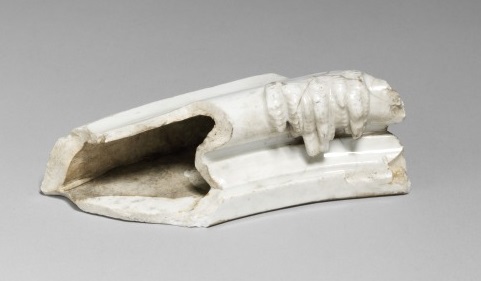
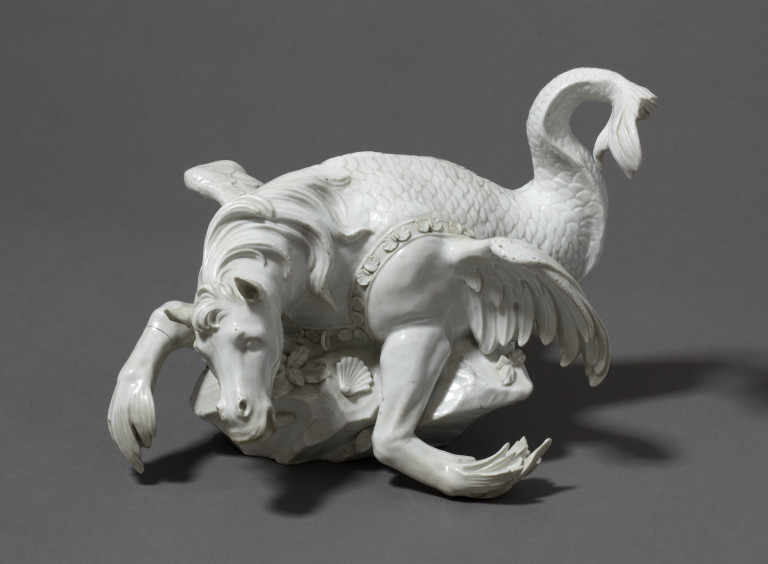
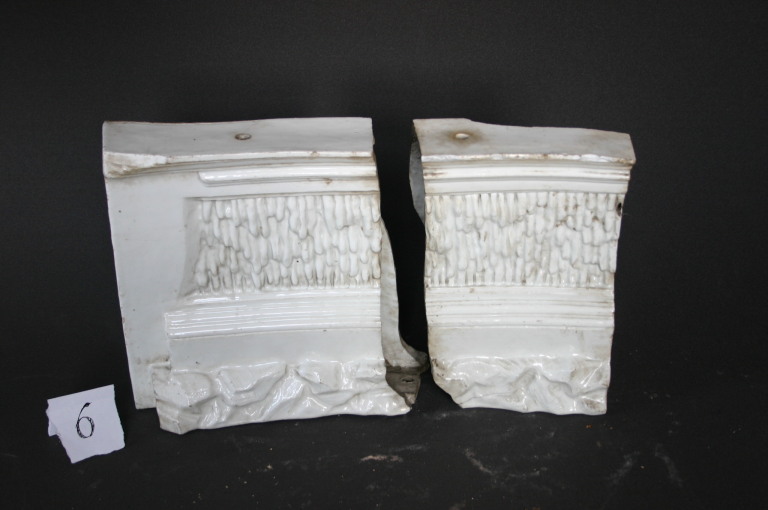
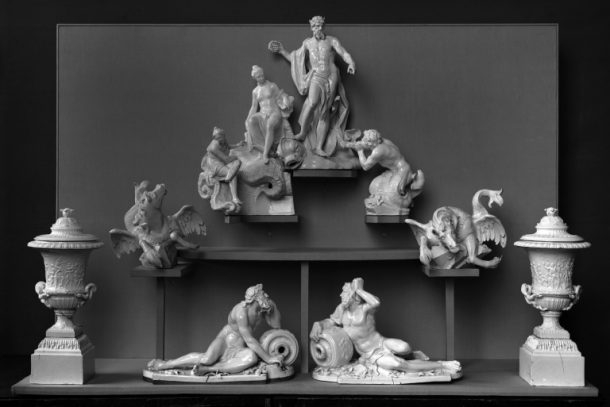
Recent research has enabled us to establish how the fountain was originally assembled. Working in collaboration with the Royal College of Art in London, we have been able to recreate missing parts in porcelain. Being able to visit the conservation studios to see this work in progress has been a real treat.


Over the past few days, the whole ensemble has been put together for the first time in 150 years.
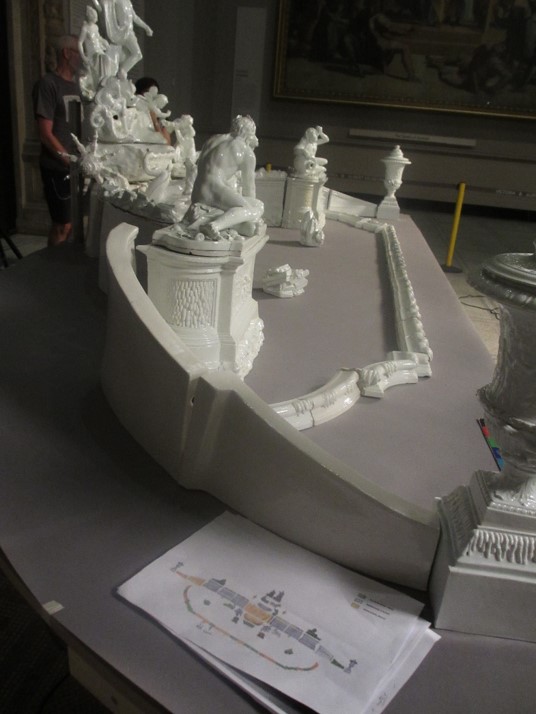

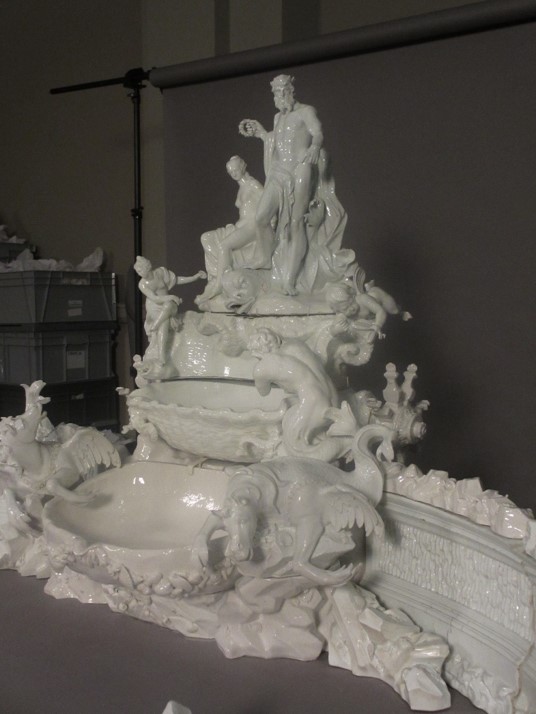
This was an invaluable opportunity to test out the bespoke mounts that will join the porcelain pieces together safely and securely when displayed in the galleries.

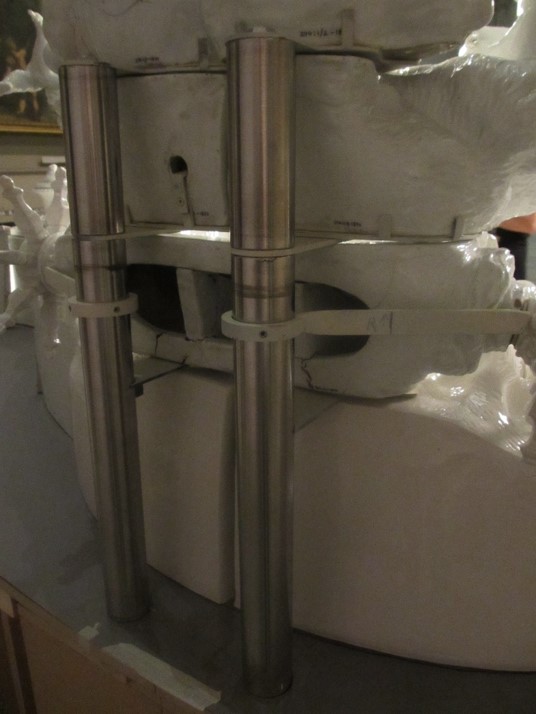

The fountain is being dismantled today before being permanently installed in the new galleries, opening in early 2015.

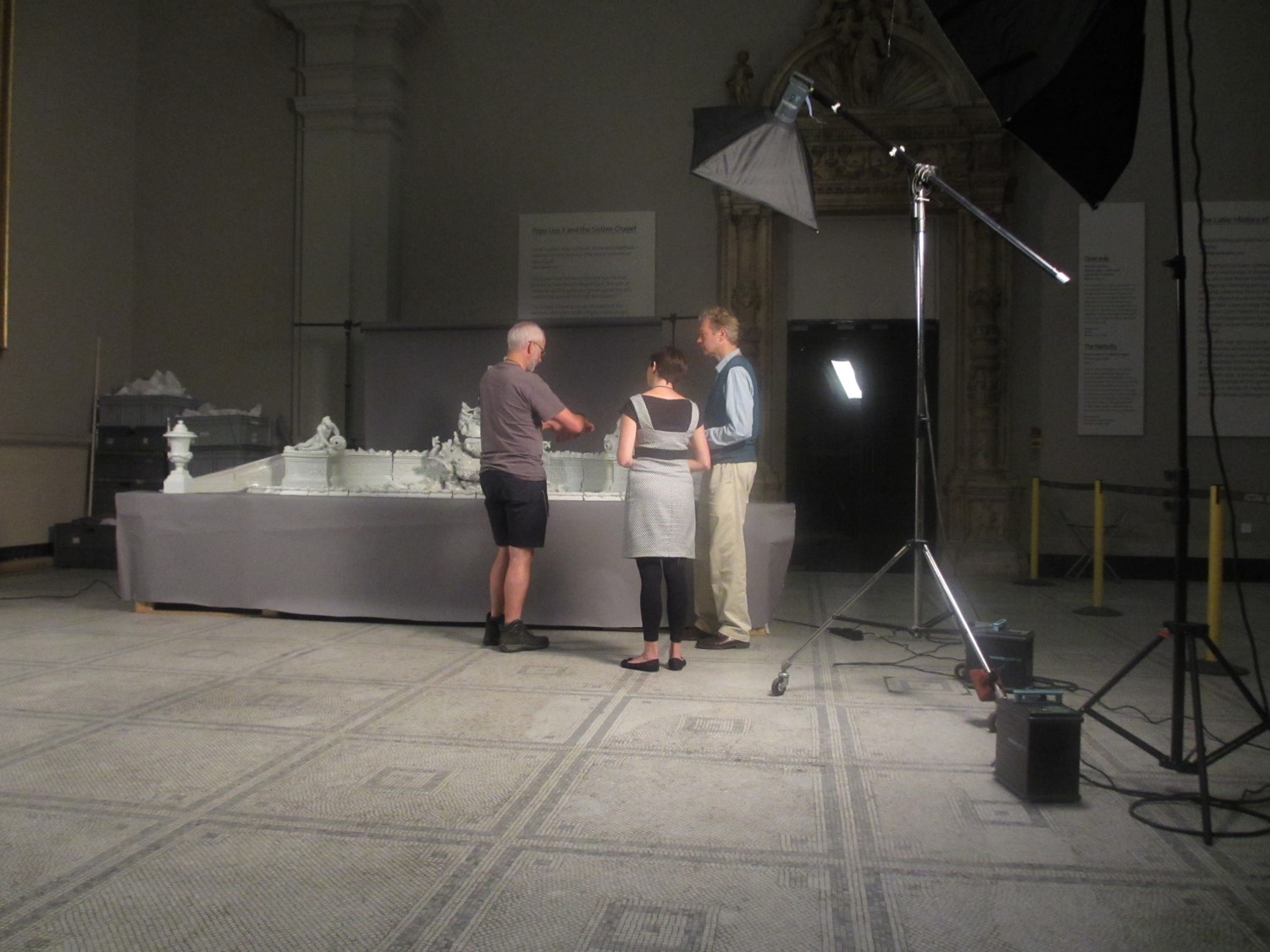

Hi Dawn! Our tour is on Wednesday, we’re still preparing arrgh :) :) !! We are thinking about what we would include in a guest post… So interested in getting involved with LGBTQ group if anything I’d identify as A, but anyway, happy Valentine’s day! I’m doing this wonderful Table Fountain on our family tour…
Hi Simon,
Good luck with the tour on Wednesday! I hope your prep is all coming together (and that you’re all still looking forward to it!). The fountain really is a star object and it was such an interesting project to prepare it for display, so a good choice in my eyes. Unfortunately I have lots of meetings on Wednesday so not sure if I will be able to make it along – I will definitely try though!
All the best
Dawn